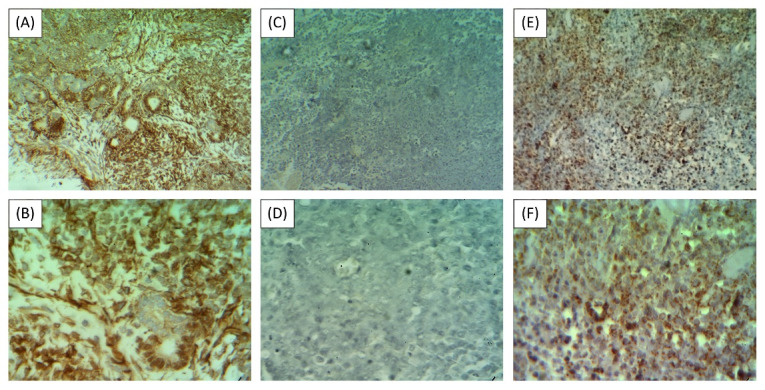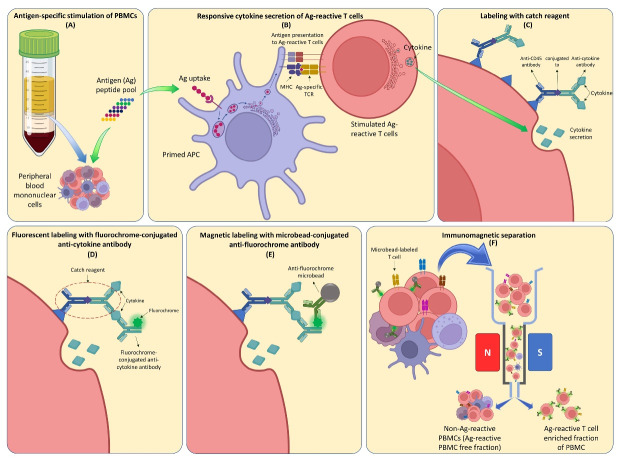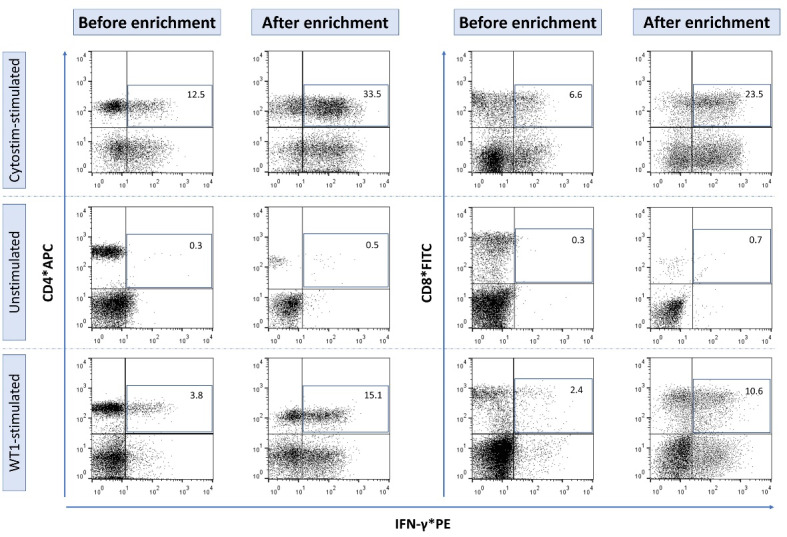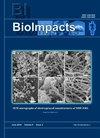WT1反应性T细胞对肾母细胞瘤的细胞毒性:抗原特异性过继免疫疗法的意义。
IF 2.2
4区 工程技术
Q3 PHARMACOLOGY & PHARMACY
引用次数: 0
摘要
引言:识别WT1肽的T细胞已被证明能有效地清除表达WT1的肿瘤细胞。本研究旨在研究从健康供体和Wilms肿瘤患者的外周血单核细胞(PBMC)中分离WT1反应性T细胞的可行性,方法:用WT1肽库和基于干扰素-γ捕获的免疫磁分离(IMS)刺激PBMC,富集和分离WT1反应性T细胞。使用乳酸脱氢酶释放试验,评估分离细胞和标准化疗对WiTu细胞的体外细胞毒性。结果:与从HD中分离的细胞相比,从Wilms肿瘤患者中分离出更高比例的WT1反应性T细胞。在本研究中,与相同比例的-WiTu细胞相比,当与WT1+WiTu细胞以最高效应物与靶标(E:T)比例(即5:1)共同培养时,WT1反应性T细胞产生>50%的特异性裂解。WT1反应性T细胞以剂量依赖的方式显示出抗肿瘤活性,并且在WT1+WiTu细胞上介导的细胞毒性显著大于PBMC的非WT1反应部分。当与WT1+WiTu细胞以2:1和5:1的E:T比例共培养时,标准化疗的细胞毒性显著低于WT1反应性T细胞。离体产生的WT1反应性T细胞可能被认为是WT1+Wilms肿瘤的过继免疫治疗选择。本文章由计算机程序翻译,如有差异,请以英文原文为准。



Cytotoxicity of WT1-reactive T cells against Wilms tumor: An implication for antigen-specific adoptive immunotherapy.
Introduction: T cells that recognize WT1 peptides have been shown to efficiently eliminate WT1-expressing tumor cells. This study was designed to investigate the feasibility of isolating WT1-reactive T cells from peripheral blood mononuclear cells (PBMCs) from healthy donors and patients with Wilms tumor, and to assess the cytotoxicity mediated by these cells against Wilms tumor cells (WiTu cells). Methods: WT1-reactive T cells were enriched and isolated by stimulating PBMCs with a WT1 peptide pool and interferon-γ capture-based immunomagnetic separation (IMS). Using the lactate dehydrogenase release assay, the in vitro cytotoxicity of the isolated cells and standard chemotherapy was evaluated on WiTu cells. Results: Higher proportions of WT1-reactive T cells were isolated from patients with Wilms tumor compared to those isolated from HDs. WT1-reactive T cells produced > 50% specific lysis when co-cultured with WT1+ WiTu cells at the highest effector-to-target (E:T) ratio in this study (i.e., 5:1), compared to <23% when co-cultured with WT1- WiTu cells at the same ratio. WT1-reactive T cells showed anti-tumoral activity in a dose-dependent manner and mediated significantly greater cytotoxicity than the non-WT1-reactive fraction of PBMCs on WT1+ WiTu cells. The cytotoxicity of standard chemotherapy was significantly lower than that of WT1-reactive T cells when co-cultured with WT1+ WiTu cells at E:T ratios of 2:1 and 5:1. Conclusion: WT1-reactive T cells can be effectively enriched from the PBMCs of patients with Wilms tumor. Ex vivo generated WT1-reactive T cells might be considered an adoptive immunotherapeutic option for WT1+ Wilms tumors.
求助全文
通过发布文献求助,成功后即可免费获取论文全文。
去求助
来源期刊

Bioimpacts
Pharmacology, Toxicology and Pharmaceutics-Pharmaceutical Science
CiteScore
4.80
自引率
7.70%
发文量
36
审稿时长
5 weeks
期刊介绍:
BioImpacts (BI) is a peer-reviewed multidisciplinary international journal, covering original research articles, reviews, commentaries, hypotheses, methodologies, and visions/reflections dealing with all aspects of biological and biomedical researches at molecular, cellular, functional and translational dimensions.
 求助内容:
求助内容: 应助结果提醒方式:
应助结果提醒方式:


